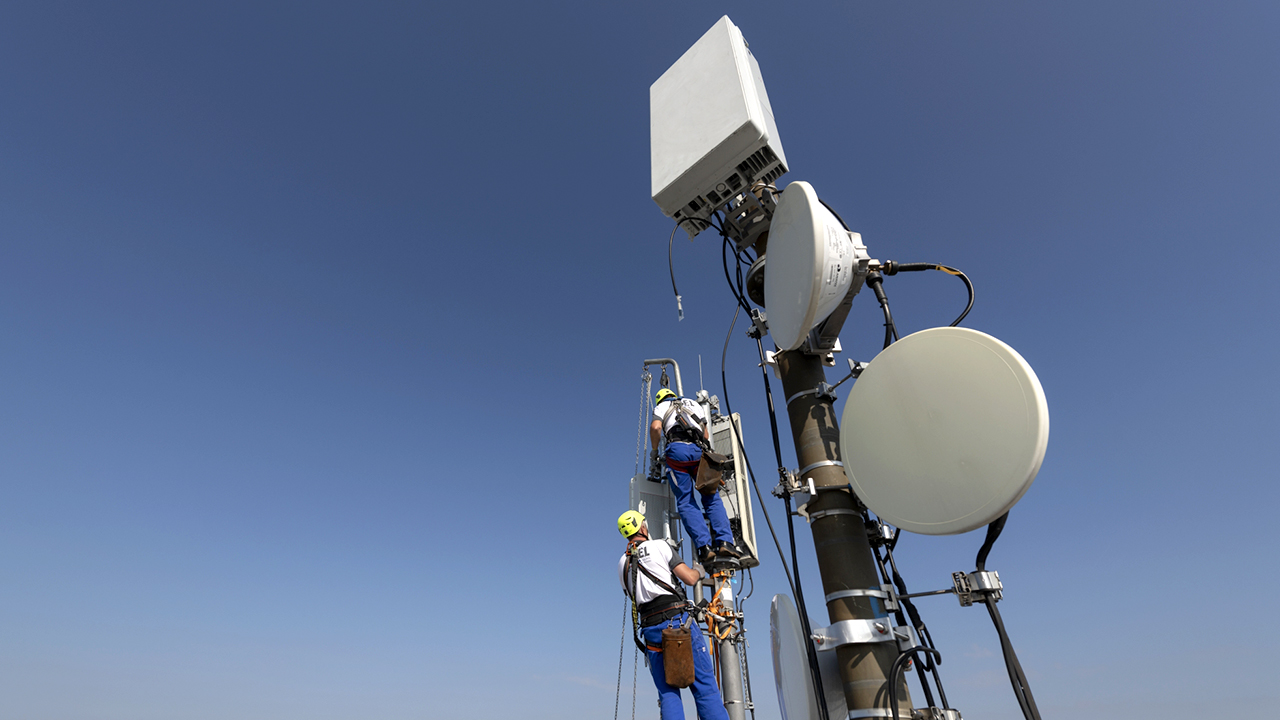17.12.2021
Fibre-optic connection for mobile stations loses monopoly:High-speed directional radio becomes turbo for O2 5G network expansion

5G places the highest demands on the so-called transport network in mobile communications.
For its 5G mobile network expansion in Germany, O2 / Telefónica Deutschland is relying on state-of-the-art microwave radio as a supplement to the fiber optic connection of mobile stations.
5G places the highest demands on the so-called transport network in mobile communications, which routes the mobile signals of the customers from the transmitting stations of the local access network to the core network. Until now, fiber optics alone promised to deliver the speed in the transport network so that O2 private and business customers could enjoy all the benefits of 5G. Now, O2 / Telefónica is additionally connecting its 5G mobile stations via high-capacity microwave radio relay systems where no fibre infrastructure will be available in the foreseeable future. By shifting the previously applicable physical limits for microwave radio relay systems and due to the high flexibility as well as the cost and time savings, the microwave radio relay solution thus supports the goal of a rapid 5G network expansion. The goal: By the end of 2025, the O2 network should be able to supply the entire population of Germany with the new mobile communications standard.
For a long time, the fiber optic link was considered the only suitable medium for connecting 5G mobile communications equipment to the network infrastructure behind it. In the course of the 5G/4G network expansion, O2 / Telefónica is also primarily using fiber optic connections. Thanks to technological progress, however, microwave transmission technology has caught up significantly with fiber optics in terms of speed and capacity. Innovative radio relay solutions now support bandwidths of several gigabits per second. Reliable transmission of mobile radio signals from mobile radio systems to a core network almost in real time, as required by the 5G mobile radio standard for very broadband applications, among other things, is therefore also possible via directional radio. In rural areas in particular, O2 / Telefónica will therefore increasingly use high-capacity 80 GHz directional radio ("E-band") in addition to fibre optics, depending on the location, when expanding its 5G network. The E-band will thus become an important component of the modern and powerful 5G transport network of the O2 network infrastructure.